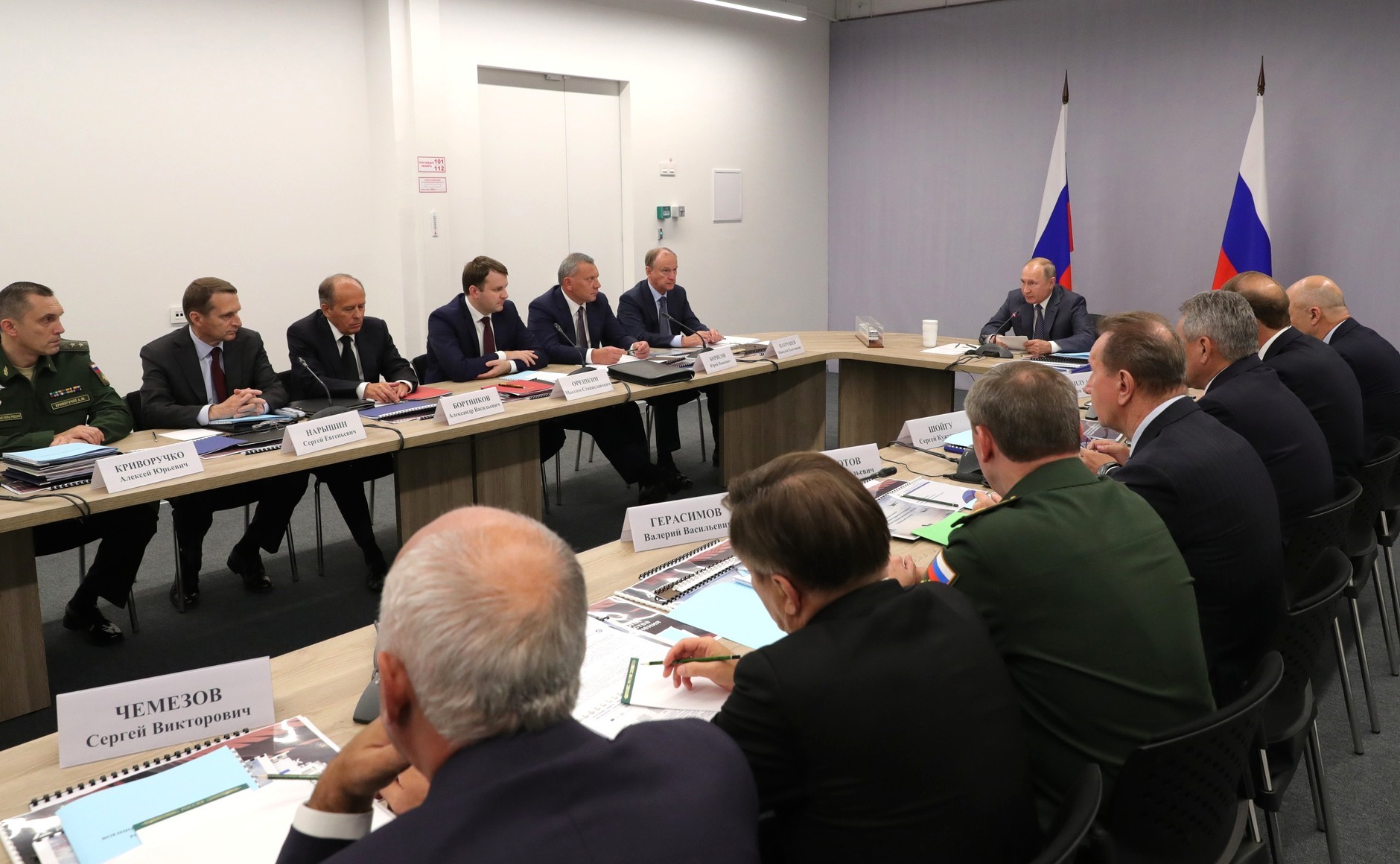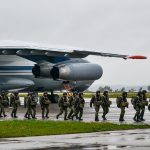RUSSIA MONITOR
Date: 24 November 2019
What’s True About Russian Military Spending?
Russian President Vladimir Putin informed that his country spent less for defense in 2018, saying that gone is the peak of the Russian military’s equipment and hardware upgrade, and these do not need to be financed to the same extent as before. It is impossible to verify if the president tells the truth. The structure of Russia’s federal budget makes it impossible to determine the country’s actual defense spending. And it is not just that a great deal of the budget is classified.

In 2018, Russia spent 2.8 percent of GDP, or roughly 2.8 trillion roubles ($44 billion), on the national defense order, Russian Vladimir Putin said. This is less than ever before. Yet it is not known by how much armaments spending has dropped and where those funds were transferred. Judging by official data, Russia’s defense expenditure figures topped the highest estimate in 2016 when they were 4 trillion roubles. In recent years, the country’s defense sector saw the biggest increase in total budget spending numbers, doubling from 1.52 trillion roubles in 2011 to 3.18 trillion roubles in 2015. Russia’s gross domestic product grew by 1.7 percent year-to-year, with an increase in defense’s share in the country’s total budget from 2.55 percent of GDP in 2011 to 3.84 percent in 2015. Their share rose in the country’s total budget expenditure, from 13.9 percent to 20.4 percent respectively. In 2016, this spending grew by more than 22 percent, with their shares in total budget expenditure and the country’s GDP hitting 23.7 percent and 4.7 percent respectively.
The problem is that both military and defense expenditure could be financed from some other portions of the budget. And, first and foremost, vast amounts of Russian roubles are spent on secret budget items. U.S. public spending that is classified as secret, or what is called black budget, does not surpass 6 percent of all expenditures. The amount of hidden, unspecified outlays in the federal budget stands at roughly 60 percent, a tendency that reveals the army’s financing being far beyond anyone’s control. What Russia actually spends on the military is much higher than it officially declares. Even the Stockholm International Peace Research Institute (SIPRI) said in its 2018 report that Russia became the sixth-largest nation in military spending, at $61.4 billion. So the figures from the Swedish think tank are one and half times higher than what was officially declared. While Russia’s official defense spending was 4.7 percent of its GDP in 2016, yet according to the calculations made by the Gaidar Institute, the total military expenditure for that year amounted to 5.7 percent of Russia’s gross domestic product, or 4.93 trillion roubles.
Support Us
If content prepared by Warsaw Institute team is useful for you, please support our actions. Donations from private persons are necessary for the continuation of our mission.
Discrepancies between what is publicly revealed about Russia’s defense spending and how much the state spent in total are linked to the specificity of the budget. A portion of the state’s total expenditures remains classified and is where Russia may hide its defense money. Some 70 percent of Russia’s classified spending is allocated for military purposes. Moscow adopted this mechanism in its amendment to the 2017 budget and earlier, in 2016, when revenues were reduced and budget expenditures went higher in some of its secret sections. In consequence, classified spending grew 22.3 percent of overall expenditures in 2016, up from 20 percent a year before. The number of hidden parts in Russia’s federal budget has marked a constant tendency in public finances, with their share in the total expenditures having doubled since 2009. A rise in spending was driven by the growing needs of both the army and Russian special services, with these including a military operation in Syria, a rearmament program or the establishment of the National Guard. In what is referred to as an explicit portion of the federal budget, Russian military sector gets funding from the “national defense” category as well as some others, including “National security and law enforcement” (with the National Guard and border guards), “National economy” (investments under defense procurement), “Social policy”, “Health care” or “Housing and utilities”. Unlike Western countries, Russia spends its defense budget for nothing more but what is referred to as on-going expenses, a group that encompasses staff wages, property maintenance, and military drills. Funds for purchasing, repairing and upgrading the army’s military hardware, weapons and other materials come from other parts of the federal budget, which is to a large extent how Russia’s State Armaments Program 2011–2020 is financed.
_________________________________
All texts published by the Warsaw Institute Foundation may be disseminated on the condition that their origin is credited. Images may not be used without permission.














